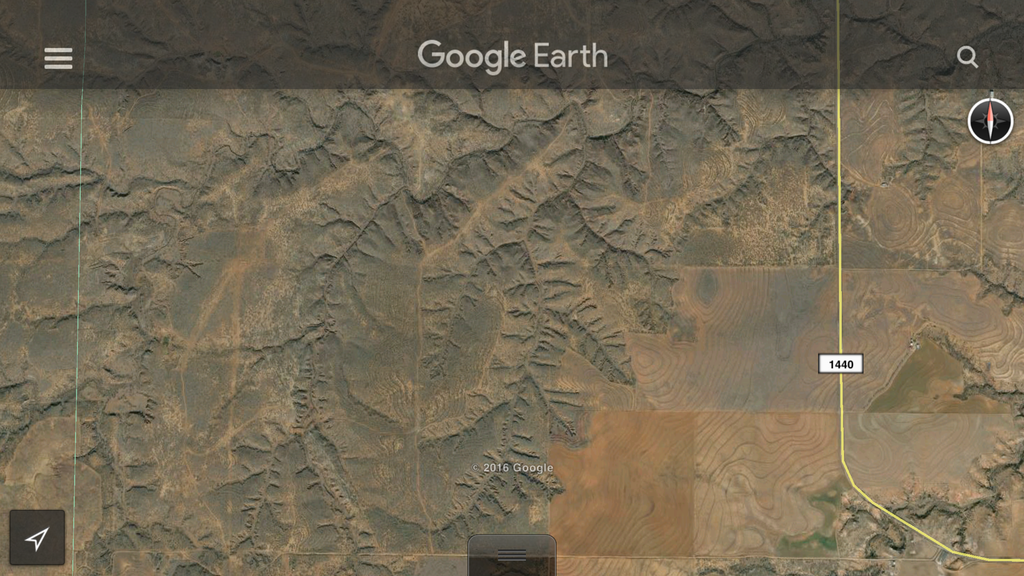Scouting Strategies for New Property - Updated w/ picture
 This year I'll be hunting on a 6,000 acre lease near Paducah, Tx with a solid herd of mule deer. Given that I've only ever hunted whitetails, how should I begin scouting and what methods should I use? What areas should I be looking for/ focusing on? Are mulies that much different than whitetails? Do mule deer bed in the river bottoms and come out on the plains to feed?
This year I'll be hunting on a 6,000 acre lease near Paducah, Tx with a solid herd of mule deer. Given that I've only ever hunted whitetails, how should I begin scouting and what methods should I use? What areas should I be looking for/ focusing on? Are mulies that much different than whitetails? Do mule deer bed in the river bottoms and come out on the plains to feed?
The majority of the property is plains with river valleys through out. I do not believe there are ag fields on the property.
I plan on putting out 3-4 cameras over corn to get an inventory of what's there.
Also, I was going to locate any water tanks and try to put camera there.
All advice is welcome! TIA
UPDATE: The road along the bottom of the image is the entrance to the property and everything to the north (between HWY 1440 & county line is the property) is the lease. On the right side of the lease are cotton fields. Today my father informed me that all the mulies are in the cotton fields in the evenings.

The majority of the property is plains with river valleys through out. I do not believe there are ag fields on the property.
I plan on putting out 3-4 cameras over corn to get an inventory of what's there.
Also, I was going to locate any water tanks and try to put camera there.
All advice is welcome! TIA
UPDATE: The road along the bottom of the image is the entrance to the property and everything to the north (between HWY 1440 & county line is the property) is the lease. On the right side of the lease are cotton fields. Today my father informed me that all the mulies are in the cotton fields in the evenings.
Last edited:

